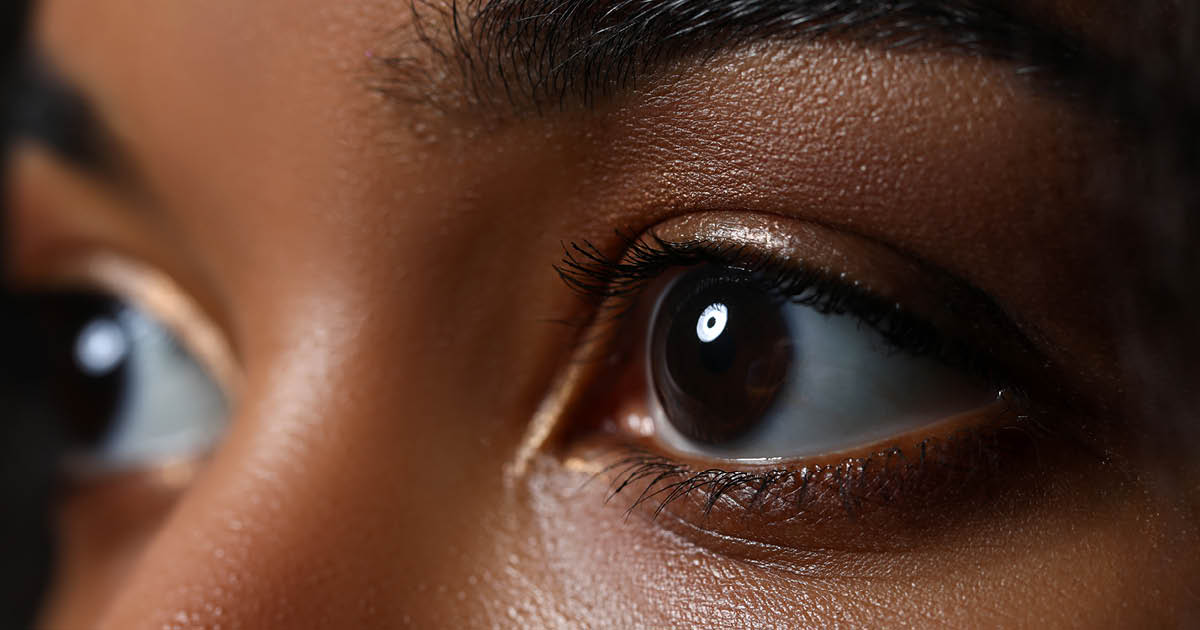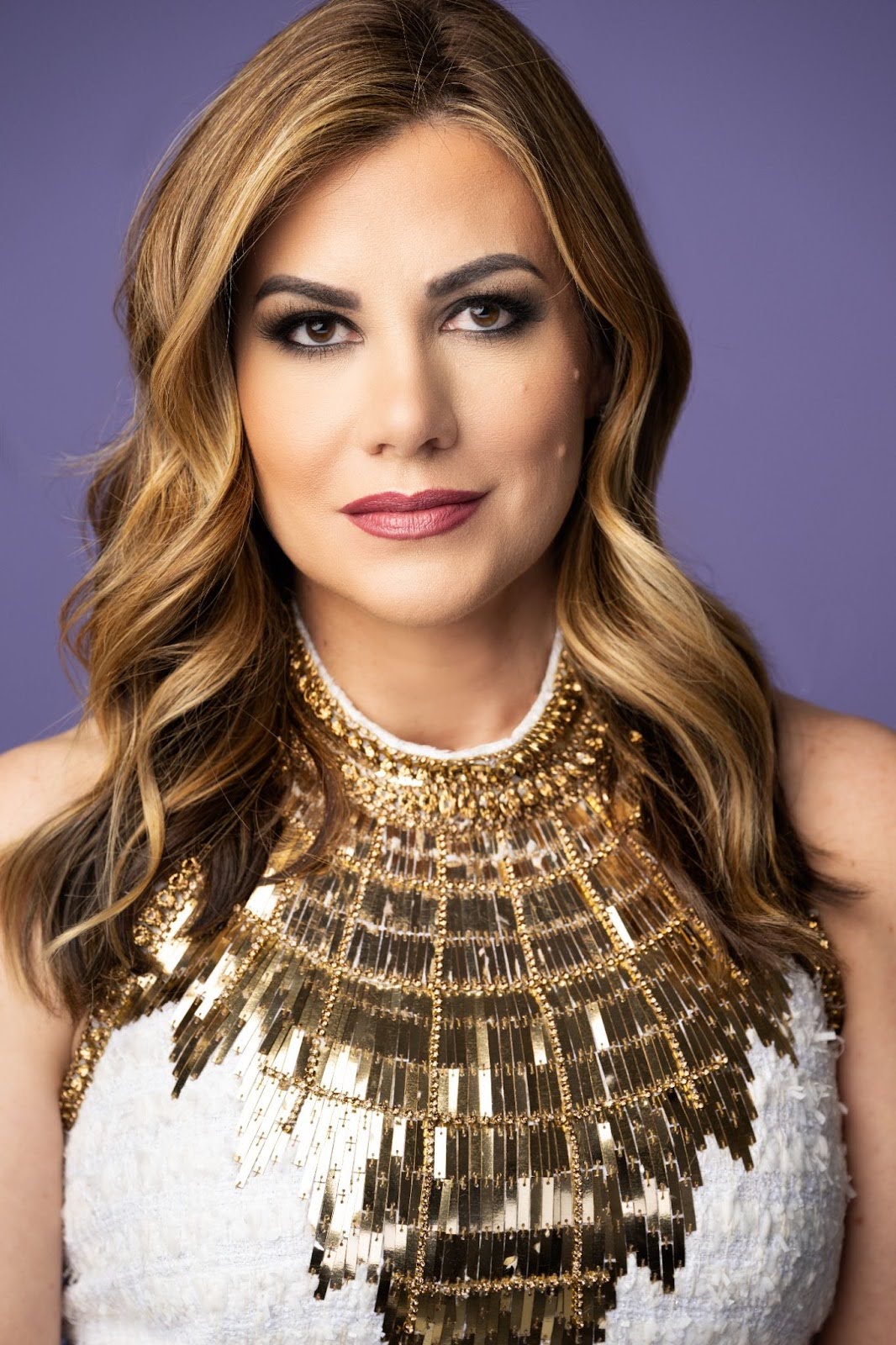In a world shaped by filters, high-definition selfies, and social media perfection, cosmetic surgery has become increasingly mainstream and increasingly expensive. What was once reserved for celebrities and the ultra-wealthy is now a standard line item on the budgets of millennials, Gen Z, and working professionals alike. According to the American Society of Plastic Surgeons, Americans spent over $14.6 billion on aesthetic procedures in 2021, a figure that continues to rise.
Yet as the demand rises, so do the prices. With most cosmetic procedures not covered by insurance, patients are left to foot the whole bill, often thousands of dollars out of pocket. The result? A growing number of people are seeking creative ways to afford their aesthetic goals.
The New Normal for Cosmetic Procedures
The stigma around plastic surgery is fading fast. Social media has helped normalize cosmetic procedures as part of routine self-care. At the same time, celebrity transparency has made it easier for everyday people to talk openly about Botox, fillers, and “tweakments.” Procedures such as lip lifts, body contouring, and nonsurgical facial rejuvenation have surged in popularity over the past five years, particularly among patients under 35.
In a 2023 survey by the American Society of Plastic Surgeons, over 70% of surgeons reported a dramatic increase in interest from younger patients, many citing social media, video conferencing, and pandemic-era self-reflection as key motivators.
And the rise isn’t just in major surgeries like breast augmentation or rhinoplasty. Noninvasive treatments, such as lip fillers, laser resurfacing, and injectables, have become as routine for some as a trip to the hair salon.
But normalization doesn’t mean affordability. While procedures have become more widely accepted and accessible in terms of availability, the cost remains a significant barrier. Unlike medically necessary treatments, most cosmetic procedures aren’t covered by insurance, meaning patients have to navigate a complex financial landscape just to access the services they want.
Sticker Shock: What Popular Surgeries Cost
If you’re considering cosmetic work, it’s easy to underestimate the cost until the consultation.
According to the American Society of Plastic Surgeons, the average cost of popular elective surgeries in the U.S. is:
- Rhinoplasty (nose reshaping): $5,400
- Breast augmentation: $4,500–$6,000
- Liposuction: $3,600 per area
- Facelift: $9,000
- Brazilian Butt Lift (BBL): $8,000–$12,000
- Eyelid surgery: $4,100
- Botox/fillers (non-surgical): $300–$1,200 per session
These numbers only reflect surgeon fees. So, add the costs of anesthesia, facility fees, post-op medications, or follow-up visits, and you’re looking at procedures that cost tens of thousands of dollars.
For many, these price tags are intimidating, especially when paired with inflation, stagnant wages, and limited insurance assistance. And while some patients can save up in advance or use credit cards, others are turning to new methods of managing these rising costs.
How People Are Paying: Credit, Savings, and Financing
With cosmetic procedures costing thousands and insurance rarely covering them, many patients are finding creative ways to pay. Some save for months or even years. Others turn to credit cards, medical credit lines, or installment plans offered by clinics themselves.
But increasingly, people are relying on cosmetic surgery financing options that help break up the cost over time.
These financing programs are often similar to “Buy Now, Pay Later” services used in retail, offering promotional interest rates or short-term payment plans. Popular providers, such as CareCredit, Alphaeon Credit, and PatientFi, have partnered with plastic surgeons across the U.S., enabling patients to apply for loans or revolving credit during the consultation.
The result? Access to procedures that once seemed out of reach, and a growing normalization of medical financing in the beauty industry.
The Risks of Medical Debt and Deferred Interest
While financing can make plastic surgery more accessible, it doesn’t come without risks. Medical financing through private lenders can carry high-interest rates, hidden fees, and deferred interest clauses that catch borrowers off guard. If a patient misses a payment or fails to repay within a promotional window, they could end up owing far more than they anticipated.
For example, a $6,000 procedure might be divided into 12 payments of $500 each. And while some plans are interest-free if paid on time, others can carry steep interest rates if the balance goes unpaid. That’s why patients must understand the terms before signing on the dotted line.
The Consumer Financial Protection Bureau (CFPB) has warned consumers about the rise of medical credit cards and third-party financing arrangements that lack adequate transparency. Some patients end up with long-term debt, especially if complications arise or additional procedures are needed down the line.
Experts recommend treating plastic surgery financing like any other significant loan: review the terms carefully, ask about interest rates, and avoid borrowing more than you can reasonably afford to repay. Patients should also compare financing options, consider savings, and avoid making impulsive decisions based on pressure or emotion.
Empowerment or Pressure? Navigating the Trend Ethically
For many people, getting cosmetic work done isn’t just about changing their appearance. Instead, it is a way for individuals to feel more confident and more at ease in their own bodies. These procedures can offer a sense of control or relief, especially for individuals who have struggled with a particular issue for years.
But as surgery becomes more accessible, with clinics offering payment plans and financing options right alongside before-and-after photos, you need to take a step back and consider the full picture before going under the knife.
When cosmetic enhancements are presented as quick, affordable fixes, it can be hard to tell where personal choice ends and social pressure begins. What feels empowering for one person might feel like an expectation for someone else. And with financing more common than ever, the decision to have surgery can start to feel like just another financial commitment rather than a meaningful, personal choice.
Are patients choosing these procedures freely, or feeling pushed by societal expectations and beauty standards amplified by social media?
Platforms like Instagram and TikTok are filled with influencers and creators showcasing their “glow-ups“ or recovery journeys, often without disclosing how they paid or what risks were involved. The pressure to conform to a certain appearance can be intense, particularly for young people. When the option to finance is just a click away, that pressure can translate into quick decisions with long-term consequences.
That’s why many experts stress the importance of thoughtful, informed choices. Cosmetic surgery is a personal decision, but it should never feel like an obligation.
Conclusion
Cosmetic surgery has come a long way. It’s more accepted and more available than ever before. But just because the barriers to entry are lower doesn’t mean the decision should be taken lightly.
Before booking a procedure, patients should take a step back and consider the full picture. Not just what the final result might look like, but also what it will cost, how it will be paid for, and whether the decision is being made for the right reasons. That means asking questions, reviewing payment options like plastic surgery financing, and understanding the long-term financial commitment involved.
The truth is, there’s no one-size-fits-all answer when it comes to cosmetic procedures. For some, it’s a profoundly empowering experience. For others, it may not be the right move at this time. What matters most is making a choice that’s informed, intentional, and genuinely your own.










